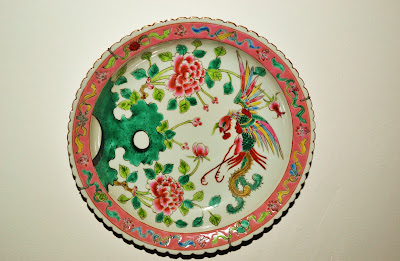Baba and Nyonya is an ethnic culture that has been existing
for many years. The baba nyonyas are well known for their rich culture. This is
because they are a combination of two ethnic cultures, the Chinese and the
Malay.
The men are normally addressed as Baba and the women are
addressed as Nyonya. However elderly women are called Bibik. Baba Nyonyas also
have their own language when they communicate. Their language is actually a
mixture of Malay language and Hokkien language.
The clothes worn by the man is normally the baju cina while
the women would be wearing kebaya. The kebaya is an exquisite outfit. This is
because it is very detailed and majority of the kebayas are handmade. The
embroidery on the dress is also unique as it is one of a kind.
Babas and Nyonyas also like to put on beautiful accessories
like the kerosang which means the broach on their baju cina and kebaya. Besides
that they have other accessories like the bracelet and earings.
The kasut manik is also apart of the nyonya outfit. The slipper is made out of beads called manik which is also handmade. These shoes are custom made with various designs.
Another famous touch of the baba nyonya culture is their
antique porcelain wares. These antiques can fetch a lot of money as it is all
hand painted and unique. The porcelain antiques comes in many various colours.
The design of the porcelain is also influenced by the Chinese.
The picture above shows a pot called “kam cheng”. This pot
has many purposes. One of it is for storing food.
































